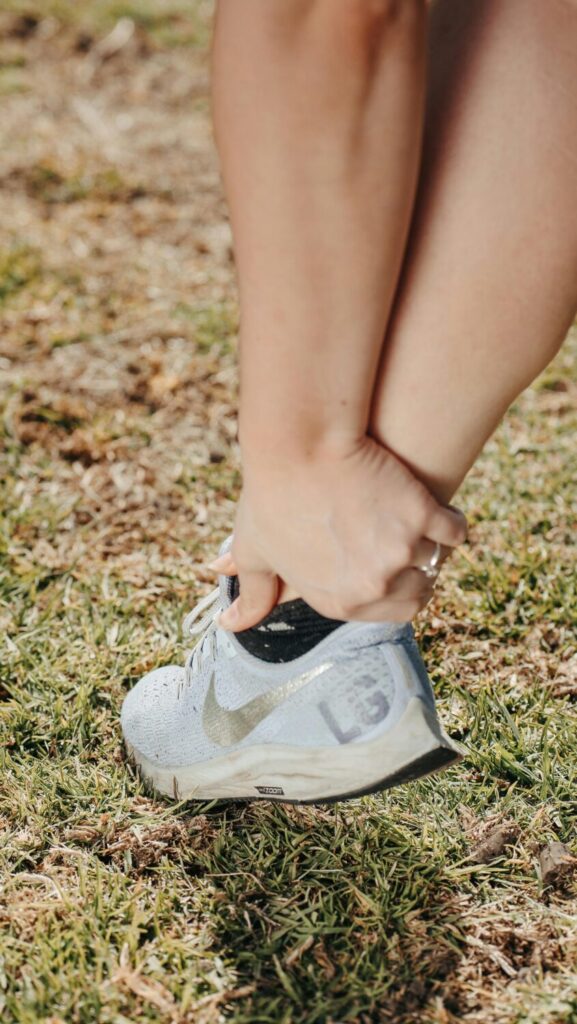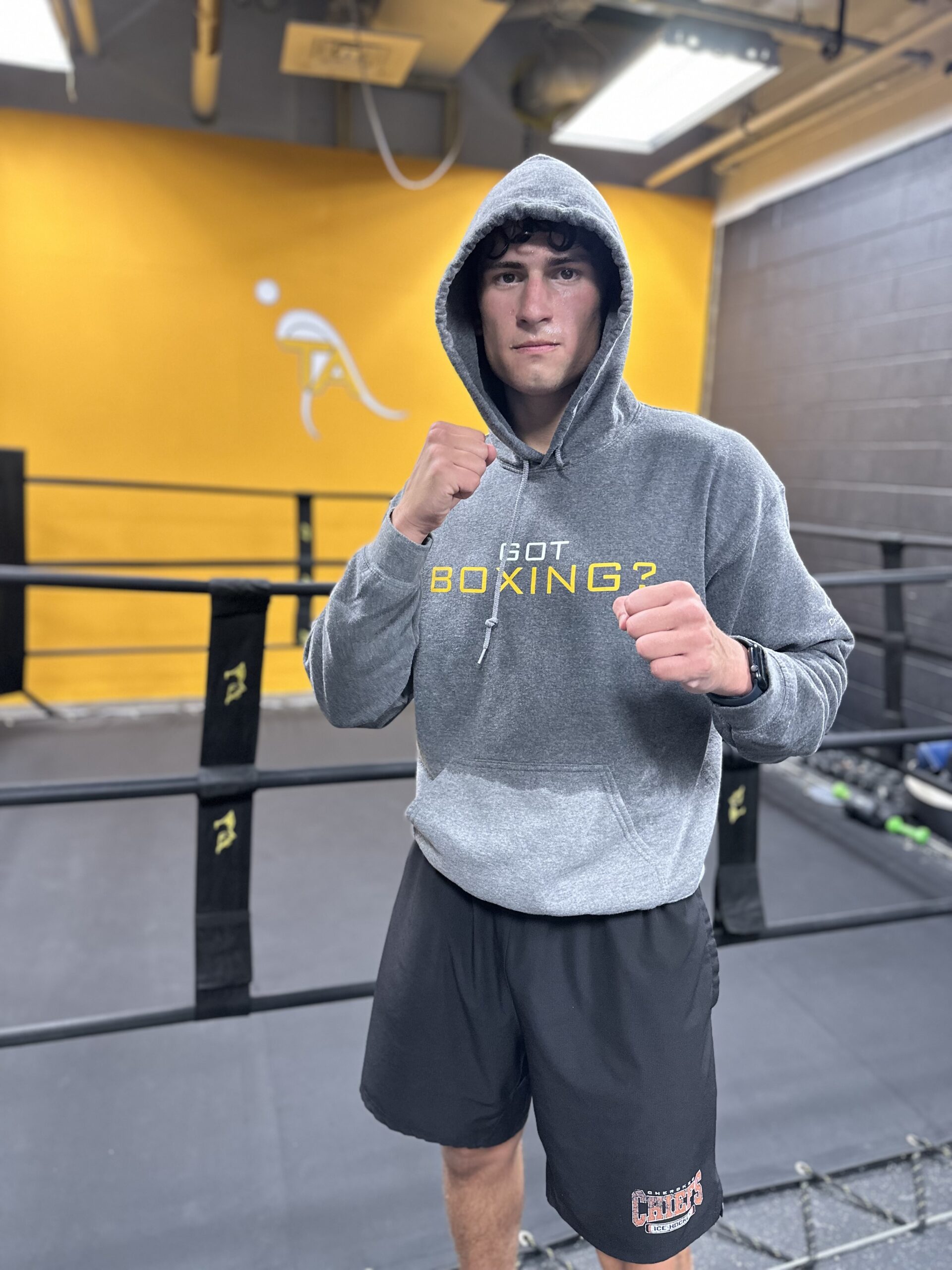There are many muscles in the lower leg (knee down) but we’re going to focus on two specific muscles in this article. The Gastrocnemius (upper calf muscle) and the soleus (lower calf muscle). The gastrocnemius is the calf muscle that everyone sees and aspires to have a defined shape. The soleus is a little less know muscle and isn’t as well seen or defined. So how do you know which one could be causing mobility issues? We have a couple quick tests that will reveal which one could be causing the problem and mobility protocols to ensure you’re getting the most out of your mobility routine.
Lower Leg Anatomy
Here is a picture to give you a better idea of where each muscle is.
Lower Leg Function
Both the gastroc and the soleus have similar functions. They both plantar flex the foot (when you go up on your toes) while walking, running and jumping. The main difference between the two is when they activate. The gastrocnemius activates when the leg is fully extended at the knee and the soleus primarily activates when the knee is bent.
How This Affects Your Mobility Plan
Since these muscles activate in different body positions you will also have to stretch and mobilize these muscles differently as well. The gastroc will best be stretched and mobilized with a straight knee position and the soleus will get the best stretch in a bent knee position. But how do you know which one to focus in on to improve mobility?
Test Your Lower Leg Mobility
There are two different tests you can do to decipher which part of the lower leg is the issue. The bent knee lower leg and the straight leg lower leg mobility tests can show you which part of the calf is more of an issue based off of the dorsiflexion range of motion at the ankle. Optimal range of motion is around 40 degrees.
Straight Leg Ankle Dorsiflexion Mobility test – The focus of this test is to see how much range of motion you can get from the back ankle while in the straight leg position . Keep the toes pointed forward, heel down and back leg straight.
Bent Knee Ankle Dorsiflexion Mobility Test – The goal here is to assess ankle mobility in the front ankle while bending at the knee. You want to keep the toes pointed forward, knee bent, and heel on the ground.
Protocol to Improve Ankle Mobility
After we have discovered which position has limited range of motion then we can asign the more appropriate ankle mobility and performance protocol.
Gastrocnemius (upper calf) Mobility Performance Protocol – If your range of motion is more limited in the straight leg position than we need to reduce tightness in the gastroc through active releases, stretches, and mobilizations. Then strengthen the soleus to bring balance back to the lower leg muscles.
Soleus (lower calf) Mobility Performance Protocol – If your range of motion was worse in the bent leg position then we need to reduce tightness in the soleus through active releases, stretches and mobilizations. Then get the gastroc activating to bring balance back to the lower leg muscles.
Written By:
Robert Jost
NSCA-CPT, ACE-CPT
Suggested Article:
7 Techniques To Think About When Creating Your Warmup
Take action… Now!
Training Aspects Personal Training and Sports Performance:
Visit us:
Inside of the Flyers Training Center
601 Laurel Oak Rd.
Voorhees, NJ 08043



